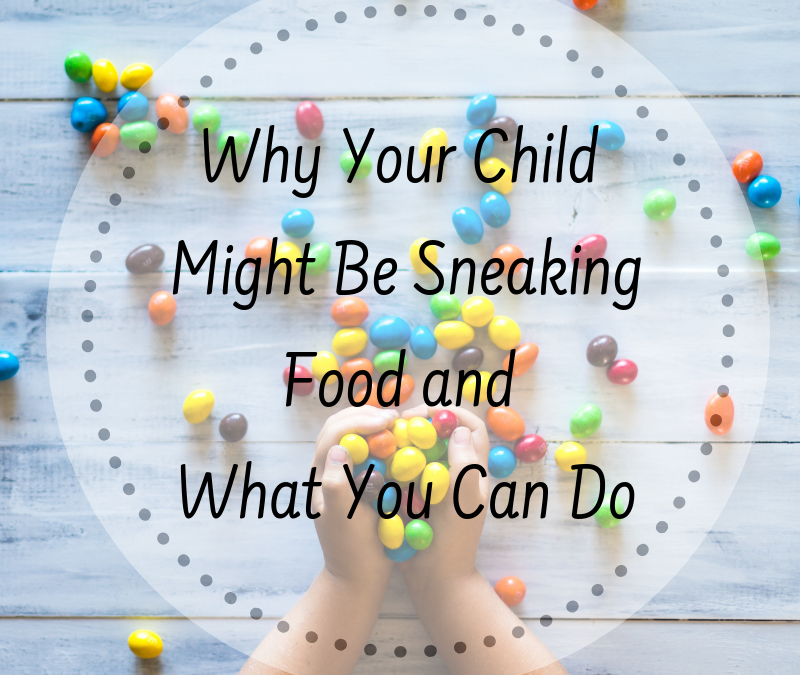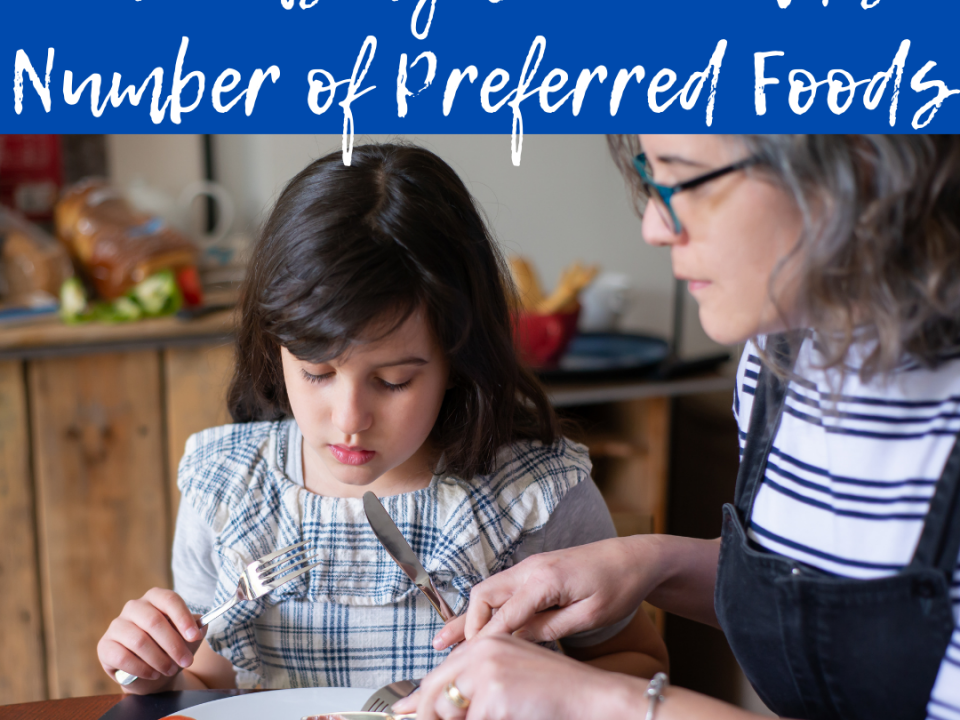Why Your Child Might Be Sneaking Food and What You Can Do

Popped Sorghum Pumpkin Krispy Treats
October 3, 2018
Easy Buffalo Chicken Pizza
November 5, 2018Reasons Why Your Child Might Be Sneaking Foods and 4 Actionable Steps You Can Take to Help!

One of the most common reasons why children might be sneaking foods or refusing to eat foods is due to how food is being controlled at home. This could either be through food restriction or pressure to eat certain foods. Food restriction is when the type of food, portion size of food or calorie content of food is restricted. While food pressure is when children are encouraged or bribed to eat a certain food or eat foods in a certain order ( i.e fruits and vegetables before other foods). Research shows that restriction leads to overconsumption of foods, especially when the child is out of their parents’ “control”. While pressure often leads to under consumption of those foods.
Parents often restrict or pressure children to eat certain foods out of fear. Fear that their child is eating “too much”, not eating the right type or amount of food, may be gaining weight, or might be overweight. Often parents don’t even realize they are doing it or may think they are doing what is right and don’t know another way. If this sounds like something that may be going on at home, it’s okay! You are not alone.
The goal is to share the responsibility of feeding with our children. It’s our job as parents to provide reliable, consistent meals and snacks and a variety of foods. It’s our children’s job to choose whether to eat what’s served and how much. When children are able to control the “whether” and “how much” to eat, they are able to listen to their body cues and are better able to regulate their calories and nutrient needs.
So how can you divide the responsibility of feeding to ensure your child eats a variety of foods and stops sneaking foods?
1. Set a meal and snack schedule that includes at least three meals and two snacks. If children know they are going to be fed in a few hours they will eat as much as is satisfying.
2. Offer a variety of foods at meals and snacks. At meals plan to offer four to five foods from different food groups. a source of carbohydrate, protein, fat and fiber. And at snacks time offer two to three foods from different food groups.
3. Offer foods they are sneaking or eating in large portions more consistently at a set meal or snack time. They may eat a larger portion at first but overtime these portions will normalize.
4. Let your child be in control of whether they eat what’s offered and how much. Avoid pressuring or bribing them to eat certain foods or putting limits on how much they eat. If they finish a portion of a certain food and want more its okay to give more (given there is more). If they don’t touch something on their plate, remind yourself that it’s okay. Continue to offer that food at future meals or snacks, switching up how it’s prepared and offered.




